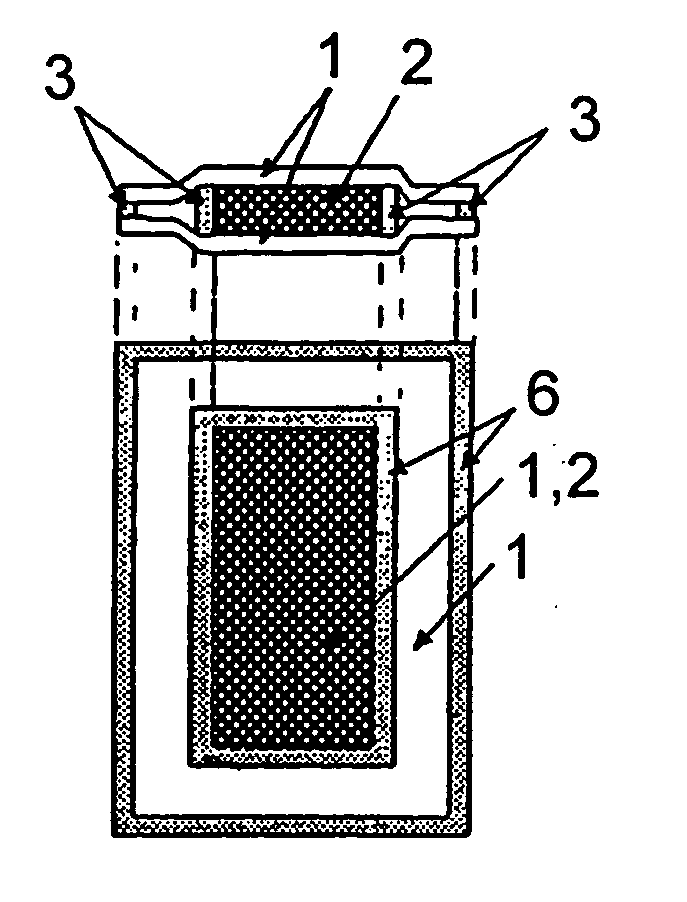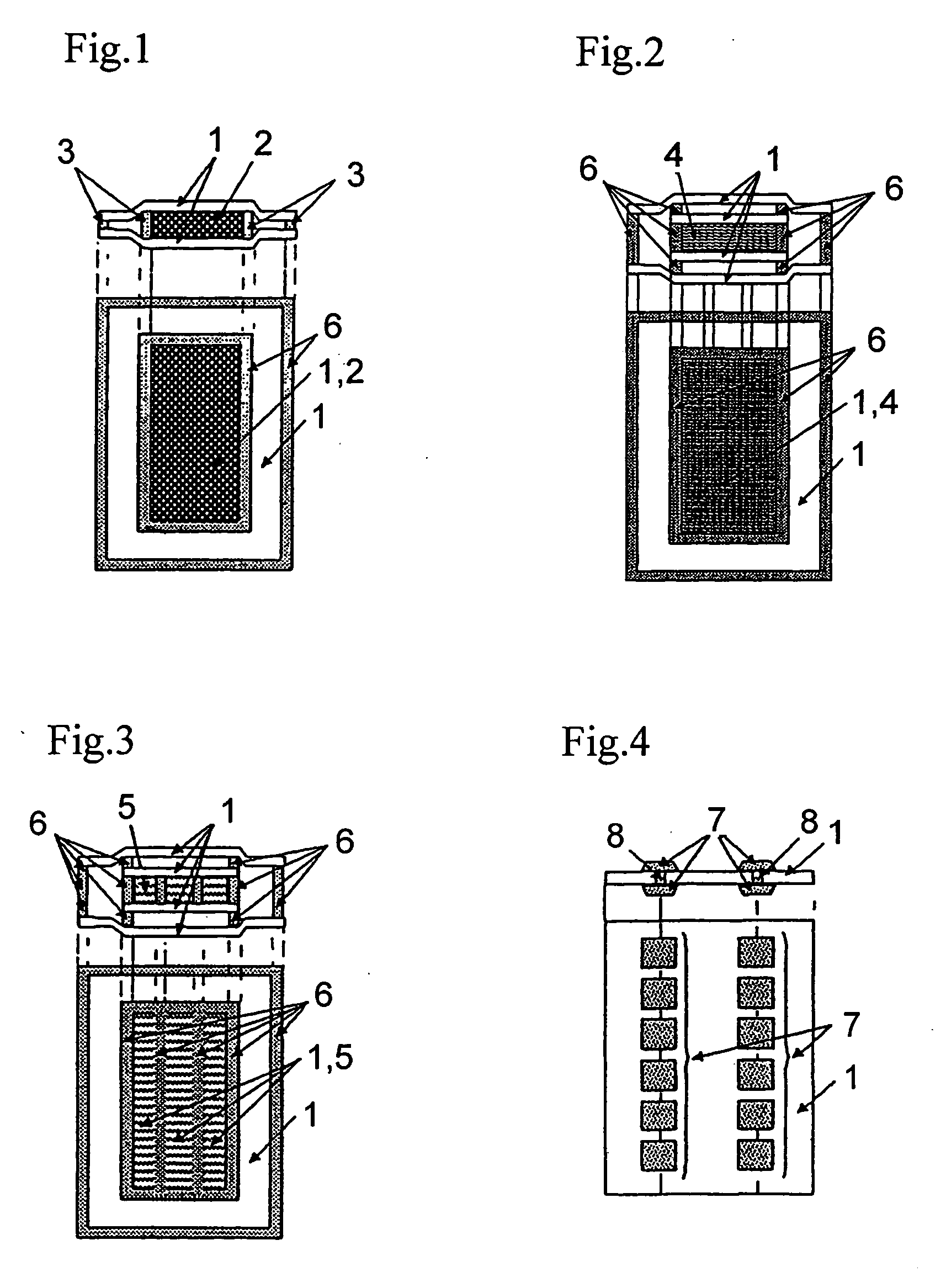Cleaning material for molding metal die, and cleaning method
- Summary
- Abstract
- Description
- Claims
- Application Information
AI Technical Summary
Benefits of technology
Problems solved by technology
Method used
Image
Examples
reference example 1
[0058] A melamine-formaldehyde resin was synthesized by a heat reaction between 480 parts of melamine and 522 parts of formalin (37% aqueous solution) in a known manner. The resulting resin solution was kneaded with 248 parts of pulp, and the mixture was dried under reduced pressure to obtain a pulp-loaded melamine-formaldehyde resin, which was roughly ground in a shear grinder to prepare melamine-formaldehyde resin granules.
reference example 2
[0059] An ethylene-propylene-diene rubber having a Mooney viscosity of 25 was masticated in a pressure kneader for 10 minutes. The resulting mass was extruded with a twin-screw extruder into sheeting, which was rolled into an unvulcanized rubber sheet of 150 mm in width and 3 mm in thickness.
reference example 3
[0060] A melamine-formaldehyde resin was prepared by a heat reaction between 480 parts of melamine and 522 parts of formalin (37% aqueous solution) in a known manner. The resulting resin solution was kneaded with 248 parts of pulp, and the mixture was dried under reduced pressure to obtain a pulp-loaded melamine-formaldehyde resin powder.
PUM
| Property | Measurement | Unit |
|---|---|---|
| Porosity | aaaaa | aaaaa |
| Temperature | aaaaa | aaaaa |
| Fraction | aaaaa | aaaaa |
Abstract
Description
Claims
Application Information
 Login to View More
Login to View More - R&D
- Intellectual Property
- Life Sciences
- Materials
- Tech Scout
- Unparalleled Data Quality
- Higher Quality Content
- 60% Fewer Hallucinations
Browse by: Latest US Patents, China's latest patents, Technical Efficacy Thesaurus, Application Domain, Technology Topic, Popular Technical Reports.
© 2025 PatSnap. All rights reserved.Legal|Privacy policy|Modern Slavery Act Transparency Statement|Sitemap|About US| Contact US: help@patsnap.com



